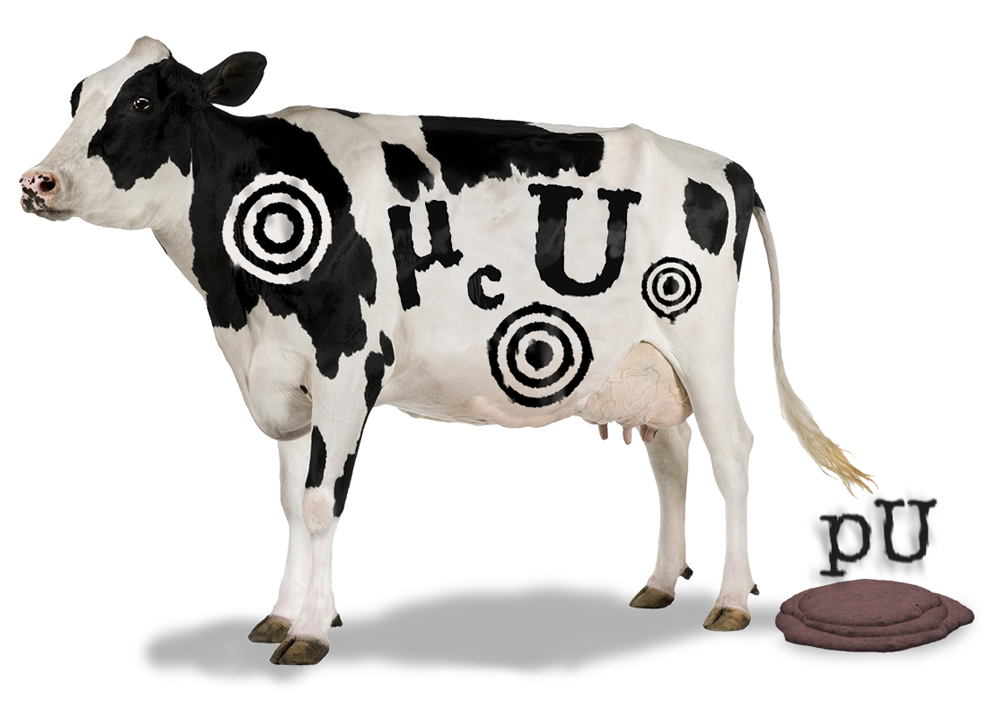Quality Standards
An Atellica HbA1c assay cannot meet pU goals
A continuing investigation into assay capability to meet new performance specifications for permissible measurement uncertainty (pU). Can the Atellica assay for HbA1c hit the pU target?
An Atellica HbA1c assay cannot meet the 2021 pU% goal
Sten Westgard, MS
February 2022

- 6 of 8 assays of a Hitachi 7600 cannot meet pU goals.
- 8 of 9 assays of a Cobas c702 cannot meet pU goals.
- MU pU goals, can anything hit them?
Using the performance specifications for permissible measurement uncertainty from the 2021 CCLM article by Braga and Panteghini https://pubmed.ncbi.nlm.nih.gov/33725754/ we decided to look at the AU 680 chemistry analyzer
A 2022 article about the analytical performance of a Siemens Attelica HbA1c provides a perfect opportunity to test whether today's instruments can meet the new performance specifications:
The Braga and Panteghini pU and the performance
Unlike most studies, this one was conducted with the express purpose of determining measurement uncertainty. The laboratory collected 6 months of IQC and EQC data and followed the CLSI EP29 guideline. They even calculated a combined uncertainty, uc, which factored in the bias of the method (this is not an uncontroversial action, as it posits that bias is simply another form of imprecision, which is quite the assumption). The imprecision data was from 307 IQC results. The bias was not presented separately in the study.
Here are the results for the Atellica HbA1c:
| Atellica Measurand | Milan Model | APS for desirable standard MU, % | APS for desirable lab CV% | Level 1 CV | Level 2 CV | uRw% | uc% |
| HbA1c | outcome-based (best) | 3.0% | 1.5% | 3.16% | 2.79% | 2.98% | 3.20% |
Does pU Pass or Fail?
For once, we have an uncertainty that "includes" the bias. One thing we need to remember, of course, is that the desirable performance specification for measurement uncertainty must emcompass all the uncertainty across the testing levels - hence there are uncertainties consumed by the manufacturer that can account for up to 50% of the specification.
| Atellica Measurand | Milan Model | APS for standard MU, % | APS for desirable lab CV% | Level 1 CV | Level 2 CV | uRw% | uc% |
| HbA1c | outcome-based (best) | 3.0% | 1.5% | FAILS | FAILS | FAILS | FAILS |
Unfortunately, this HbA1c method does not meet many of the performance specifications for desirable CV, for uncertainty, for combined uncertainty. It does not meet the standard for desirable CVs, nor does the assay meet the EFCC specification for CVs of less than 2% for IQC[1]. However, the NGSP currently recommends that imprecision should be under 4%, so the assay meets those goals at least.
HbA1c is a difficult assay, because the NGSP has effectively driven a dramatic tightening of performance specifications over recent decades. CAP and NGSP have reduced the goal further to 5%. But it is one assay where we also have the direct evidence of outcome impacts based on interpretation guidelines. In one way, HbA1c is the poster child of assays, it has such clear guidance on how to use the test, and therefore how much precision and bias are allowable. That the measurement uncertainty performance specifications cannot be met by this Atellica assay says more about the setting of this goal than the method itself.
